How to prepare for the return of time trials (whenever that may be)
With all racing suspended, testers have had longer to get set – but how should you be using the time?

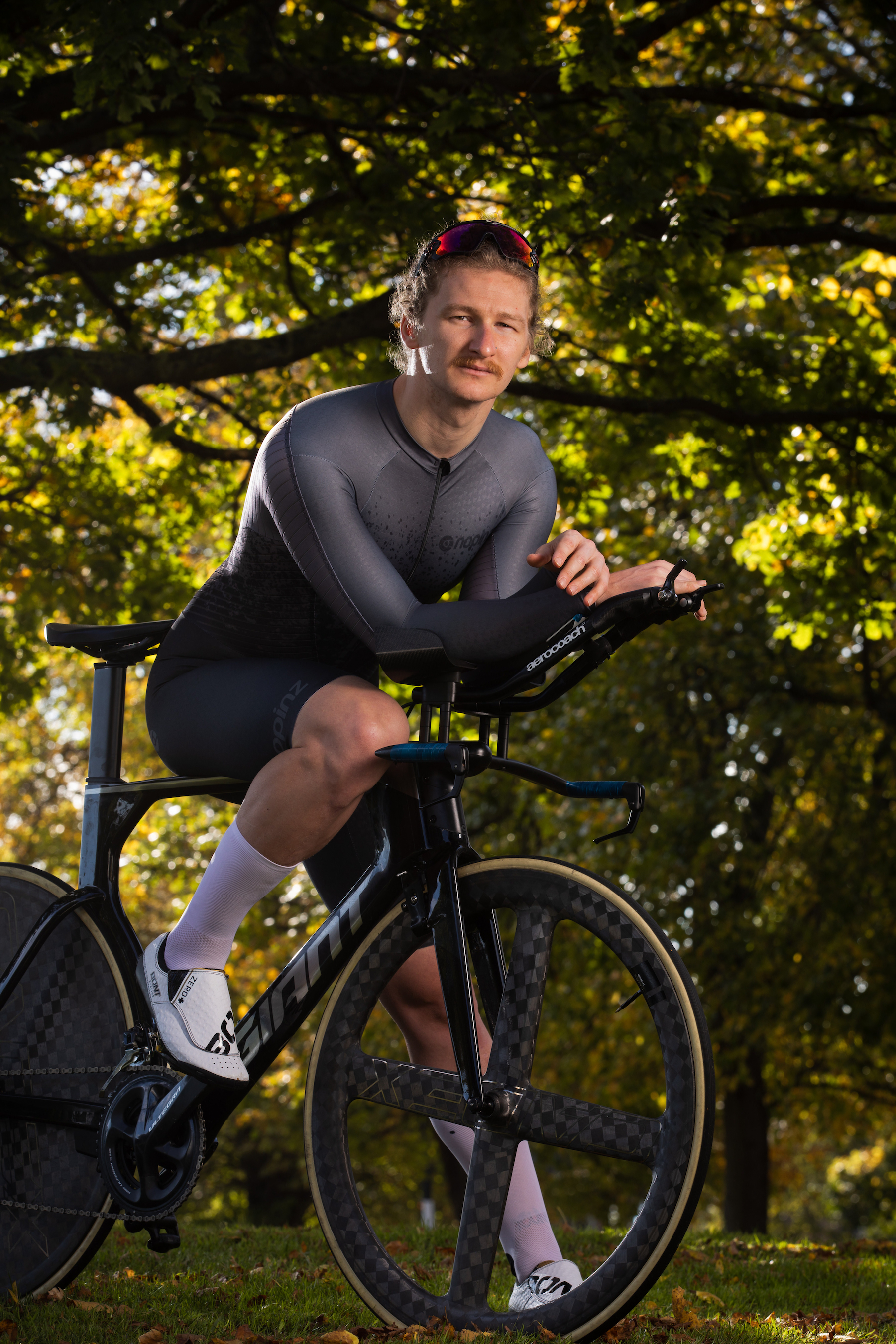
The 2020 time trial season has been unusual to say the least.
Things got off to a typical start as stormy weather resulted in a some events being cancelled, but by early March the weather started to improve and things looked set to really kick off – then coronavirus happened.
Since then competition as been on hold, and bike racers have had to adjust to a new normal.
With many of us working from home and with nowhere else to be, finding time to train has been the easy part. It’s motivation that suffers with no goals to train for.
But there is a flip side – with no guarantees about when racing will return, there is plenty of time to dial in those pre-season details ready to race the clock when the TTs kick in again.
While British Cycling has extended its suspension of events until at least July, TT governing body Cycling Time Trials believes that its races could return sooner.
So in anticipation of TTs making a comeback – “in the not too distance future” according to CTT – following on from our introduction to time trialling last year Cycling Weekly went in search of some pre-season marginal gains.
Get The Leadout Newsletter
The latest race content, interviews, features, reviews and expert buying guides, direct to your inbox!
Where to start
Before racing kicks in, riders have time to focus on those aspects of racing that are often overlooked instead of hitting the power early and burning out before racing has even started.
Specialist aero bike fitter and performance coach George Fox said: “Early season is a perfect time to focus on the peripheries of performance. And what I mean by that is if you go crazy smashing zone five too early you'll burn out by April and suffer for the rest of the year.
"So early in the year focus on things like strength and conditioning, make sure your body is ready for the demands of top end training.”
Fox, who has been closing in on the road bike record for a 10-mile time trial, said now is the time to work on your equipment, testing new kit and making sure you’re always finding the tiny improvements where you can and also getting the position dialled in: “If you’ve neglected holding the TT position over winter, the early season is the ideal time to put the road bike to bed for a while and get stuck into the TT bike every day.”
Plan your season

The best way to get focused for the upcoming season is to look ahead, pick your targets and plan your attack on each goal.
Fox, who runs his own performance company George Fox Cycling Solutions, said: “The best way to really prepare for your season targets is to select three main 'A' races for the year. That way you can prepare for a physiological peak three times in a year, which is enough time to build, adapt, peak and recover. The whole process is long if you’ve done it properly, so three times a year is realistic.
“In terms of the training you should do, it’s so individual. You need to identify the key attributes of the race you’re aiming for and tailor the training to you, but also the event.
“You’re always aiming to make sure nothing on race day shocks the body.”
The training
So how do you train for a time trial?
As Fox said, training is individual to the rider and the event , so with that in mind I went in search of some bespoke advice from the world-class coaching team at Wahoo, including Rohan Dennis’s coach Neal Henderson and physiologist Mac Cassin.
Meeting up with the Wahoo team at their London offices, just south of the Thames earlier this year, I asked Henderson and Cassin what it would take to break the 20-minute barrier for a 10-mile time trial.
Cassin said: “The first thing you should be doing is seeing where your relative abilities are.
“If you break down what sub-20 minutes is, you’re going to have to be working at a super high percentage of your Vo2 Max, so your max aerobic power. If your max aerobic power is low relative to your sustained power, then you’re going to be bumping on that ceiling.
“You need to increase that ceiling as much as possible.”
The approach Cassin is referencing is reverse periodisation – using short, intense workouts during the off-season to bump up your top-end power, then adding in the more traditional base miles on top.
Cassin added: “We like to think of training plans as if you’re trying to drive somewhere. You can have the same destination as someone else, but your starting points are different, so you can still follow different directions and get to the same end pint.
“Being aware of where your relative attributes lie and not being afraid to do efforts that your friends aren’t doing at the same time of year – I think that will help a lot.”
With time trials position can be almost as important as the legs, so off-season is also the perfect time to discipline yourself to hold the fastest position for longer on race day.
Henderson, who has coached Rohan Dennis to two consecutive time trial world titles, says indoor training on the turbo can be the most effective way of training yourself to hold a good position.
He said: “You can have that purpose and progression and assess where you’re at and be able to work on being in that position, not just on the [time trial] bars but thinking about your head as well. If I’m on the bars and I have a TV up there that I’m watching, I’m training myself to sit in this position.”
Henderson added: “You want to make sure you have that smooth flow off the helmet to your back, then even training your eyes – if you have a head down position you still need to look down the road, you need to have the muscles in your eyes to be able to continue looking – because hitting stuff leads to crashing, and crashing is generally pretty slow.”
The kit
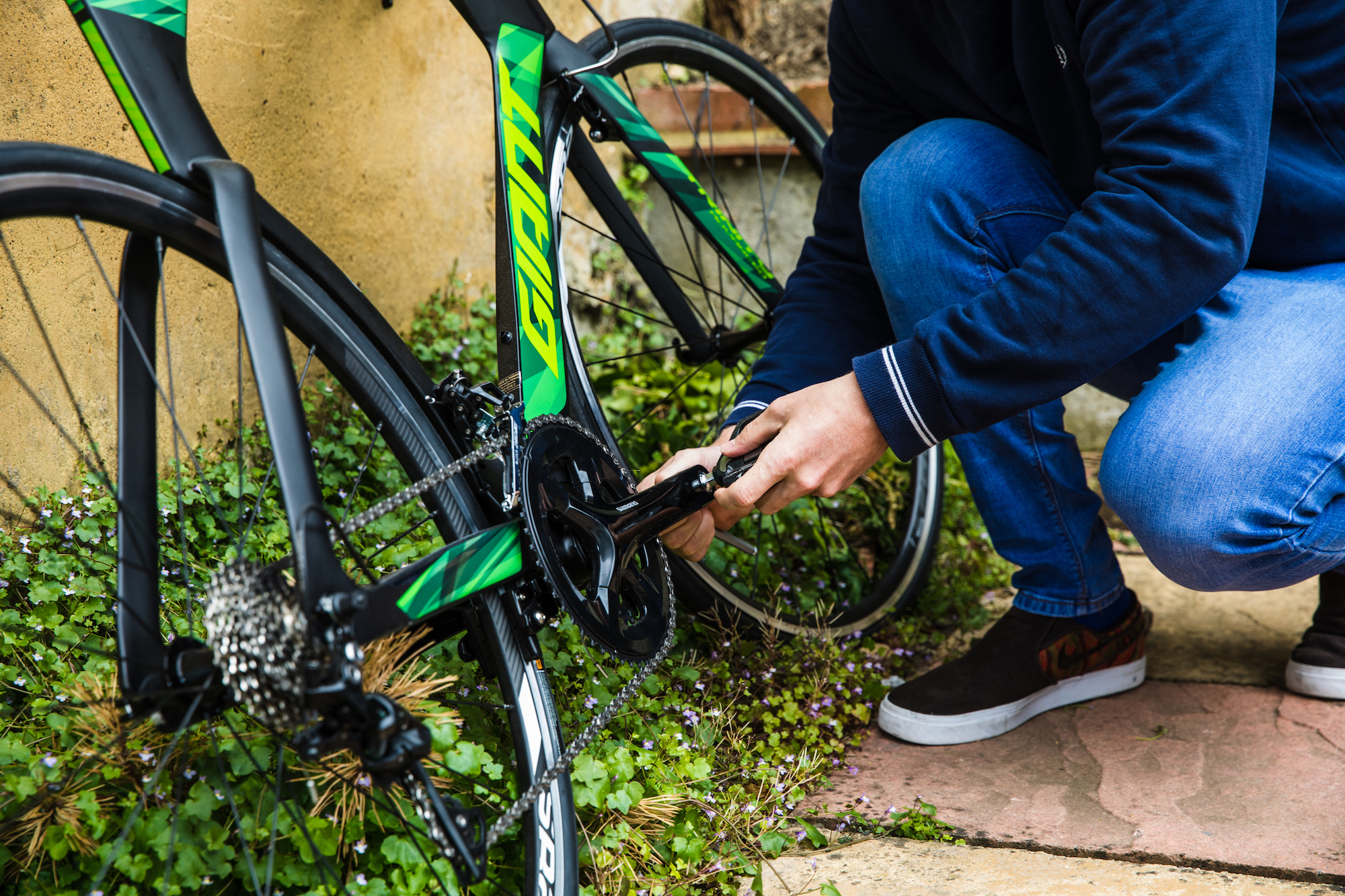
As any time triallist discovers immediately after turning for their first race, kit is key.
TTs are often referred to as an arms race by those in the know and when you get battered by a rider with disc wheels in a missile-position it can definitely feel that way.
So the off-season is the perfect time to dial in your get ready to smash those PBs when racing returns
But what is the best way to check your equipment?
“Winter aero testing independently can be difficult as the conditions aren't the same as you'd encounter in the summer so field testing can be hard," Fox said.
“In lockdown we now have a unique environment where we can get a lot of data from a short period of time outside on the bike, the roads are quiet and the conditions are much closer to what you'd normally expect in races.”
Thanks to recent advancements in tech, aero testing your kit at home is simpler than ever thanks to kit like the Notio aero sensor, which lets you get a coefficient of drag (CdA) reading and simulate wind-tunnel testing out on the road.
But at £950 the Notio may be out of reach for many, so a more cost effective solution could be a specialist aero bike fit with an expert like Fox, which start at around £220.
Fox said: “The best investment is always an aerofit. You need to find an aerofit that focuses on aerodynamics and comfort from a biomechanics side of things.
“A good aerofit on most bikes includes taking the whole front end of the bike apart to change parts, so be prepared for this.”
But for those on an extreme budget, there is a free hack that can help improve your position - find pictures of an experienced time trial rider with a similar build to your own and compare your own position, adjusting the angles where you can.
Bonus tip – Zwift racing
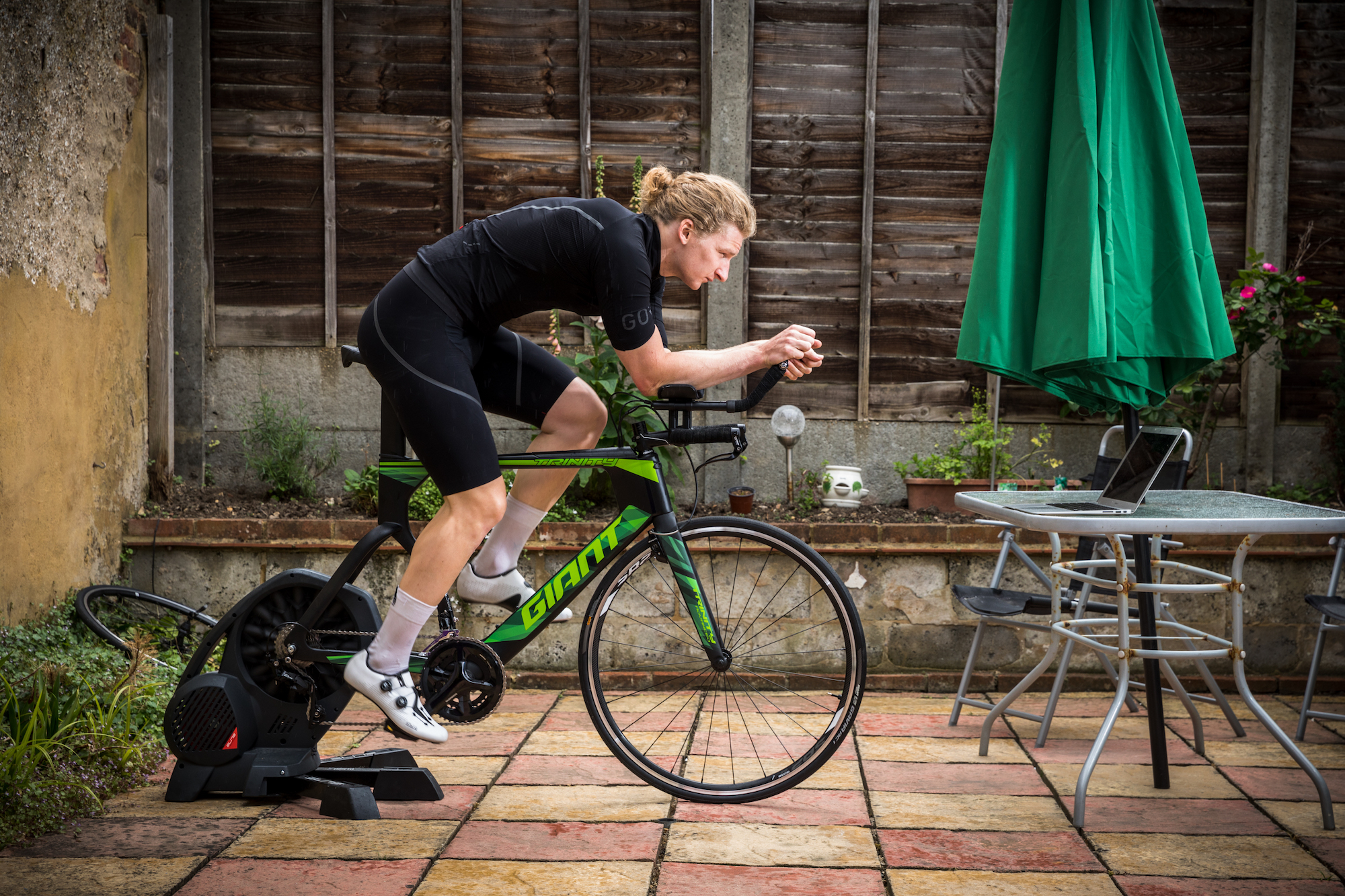
Luckily technology has allowed us to keep riding and training throughout the uncertainty of the coronavirus lockdown, with indoor training apps like Zwift offering group rides and countless races to test the form.
These virtual competitions can be a great way of staying competitive and motivated over the last few months and they are a good test of form, however it can be easy to burn out with too many of these intense efforts.
Fox said: “Many riders have taken to Zwift racing to get their fix of adrenaline at the minute, and having done quite a lot myself too the biggest thing to be wary of is overdoing it. It is easy to really enjoy it and all of a sudden you're doing Tour de Zwift and racing every day. Us mere mortals aren't capable of that and it will only take seven days to end up in a pretty bad place physically.
“You can even plan one race a week, and plan your training around that race, or to even include that race in order to continue structured training without stagnation.”
What next?
While we’re still not 100 per cent sure when racing will return, the UK’s gradual easing of lockdown means we could be getting closer to some socially distanced competition.
This means it could soon be time to move into the next phase of training, ready to hit the watts hard out on the road.
So how do you prepare for racing again?
>>> Cycling and illness: Can intense training increase the risk of catching a virus?
Fox said: “The unique thing at the minute is that we came off a winter training block, almost straight into spring with no races (or very few!) so there will be many people who are very fit at the minute that haven't backed off after the winter and may risk just burning out without stopping for breathe for 30-34 weeks, which is nearly two thirds of a year.
“Ideally as soon as we have race dates again this will be the ideal time to focus on some top end zone five work and some 30/30 intervals [30 seconds on, 30 seconds off] to really bring on the race power. Personally I know that six-eight weeks of this and I'll be ready to go, which should fall roughly with what we're looking at in terms of a notice period for getting back to racing (hopefully!)”

Thank you for reading 20 articles this month* Join now for unlimited access
Enjoy your first month for just £1 / $1 / €1
*Read 5 free articles per month without a subscription

Join now for unlimited access
Try first month for just £1 / $1 / €1
Alex Ballinger is editor of BikeBiz magazine, the leading publication for the UK cycle industry, and is the former digital news editor for CyclingWeekly.com. After gaining experience in local newsrooms, national newspapers and in digital journalism, Alex found his calling in cycling, first as a reporter, then as news editor responsible for Cycling Weekly's online news output, and now as the editor of BikeBiz. Since pro cycling first captured his heart during the 2010 Tour de France (specifically the Contador-Schleck battle) Alex covered three Tours de France, multiple editions of the Tour of Britain, and the World Championships, while both writing and video presenting for Cycling Weekly. He also specialises in fitness writing, often throwing himself into the deep end to help readers improve their own power numbers. Away from the desk, Alex can be found racing time trials, riding BMX and mountain bikes, or exploring off-road on his gravel bike. He’s also an avid gamer, and can usually be found buried in an eclectic selection of books.
-
 A bike rack with an app? Wahoo’s latest, and a hub silencer – Sea Otter Classic tech highlights, Part 2
A bike rack with an app? Wahoo’s latest, and a hub silencer – Sea Otter Classic tech highlights, Part 2A few standout pieces of gear from North America's biggest bike gathering
By Anne-Marije Rook
-
 Cycling's riders need more protection from mindless 'fans' at races to avoid another Mathieu van der Poel Paris-Roubaix bottle incident
Cycling's riders need more protection from mindless 'fans' at races to avoid another Mathieu van der Poel Paris-Roubaix bottle incidentCycling's authorities must do everything within their power to prevent spectators from assaulting riders
By Tom Thewlis
-
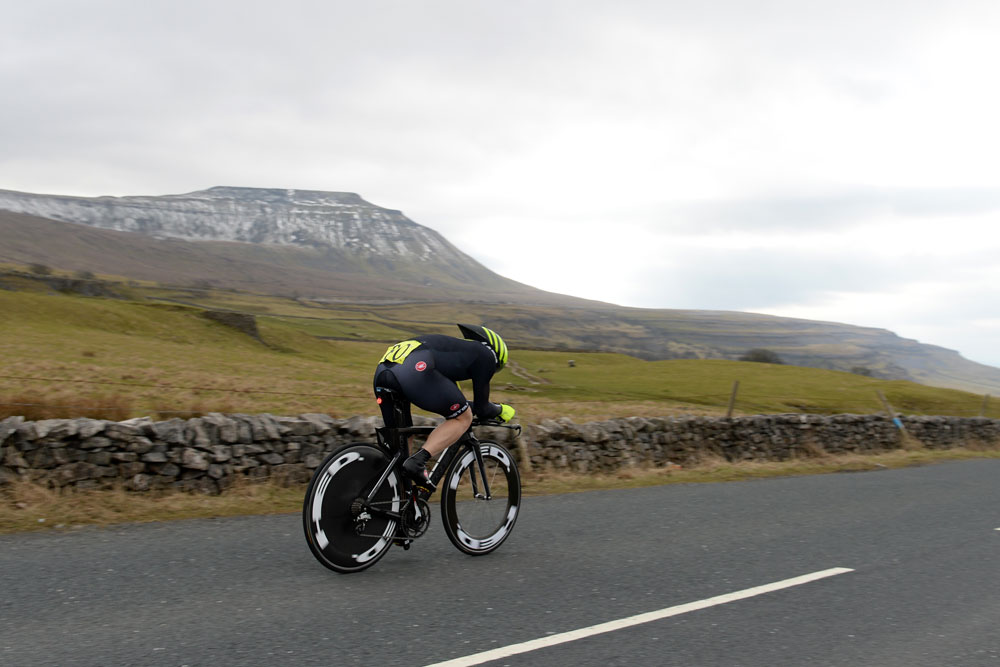 Cycling time trials: how to get started and training for best results
Cycling time trials: how to get started and training for best resultsWant to try entering some cycling time trials? Here's everything you need to know about what the events entail, how to enter and how to prepare
By Michelle Arthurs-Brennan
-
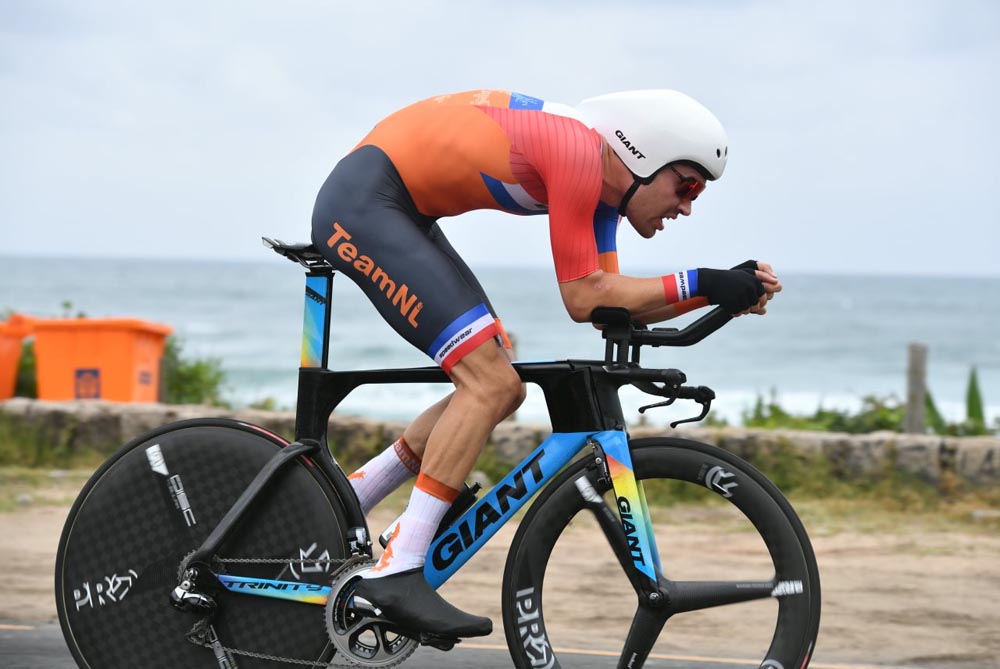 How to pace a long time trial (video)
How to pace a long time trial (video)Pacing is key when it comes to time trials: go off too fast and you'll fade, hold too much back and you'll be disappointed with your time. Here we look at pacing, efficient use of energy and nutrition strategies to help you perform to your best
By Hannah Reynolds
-
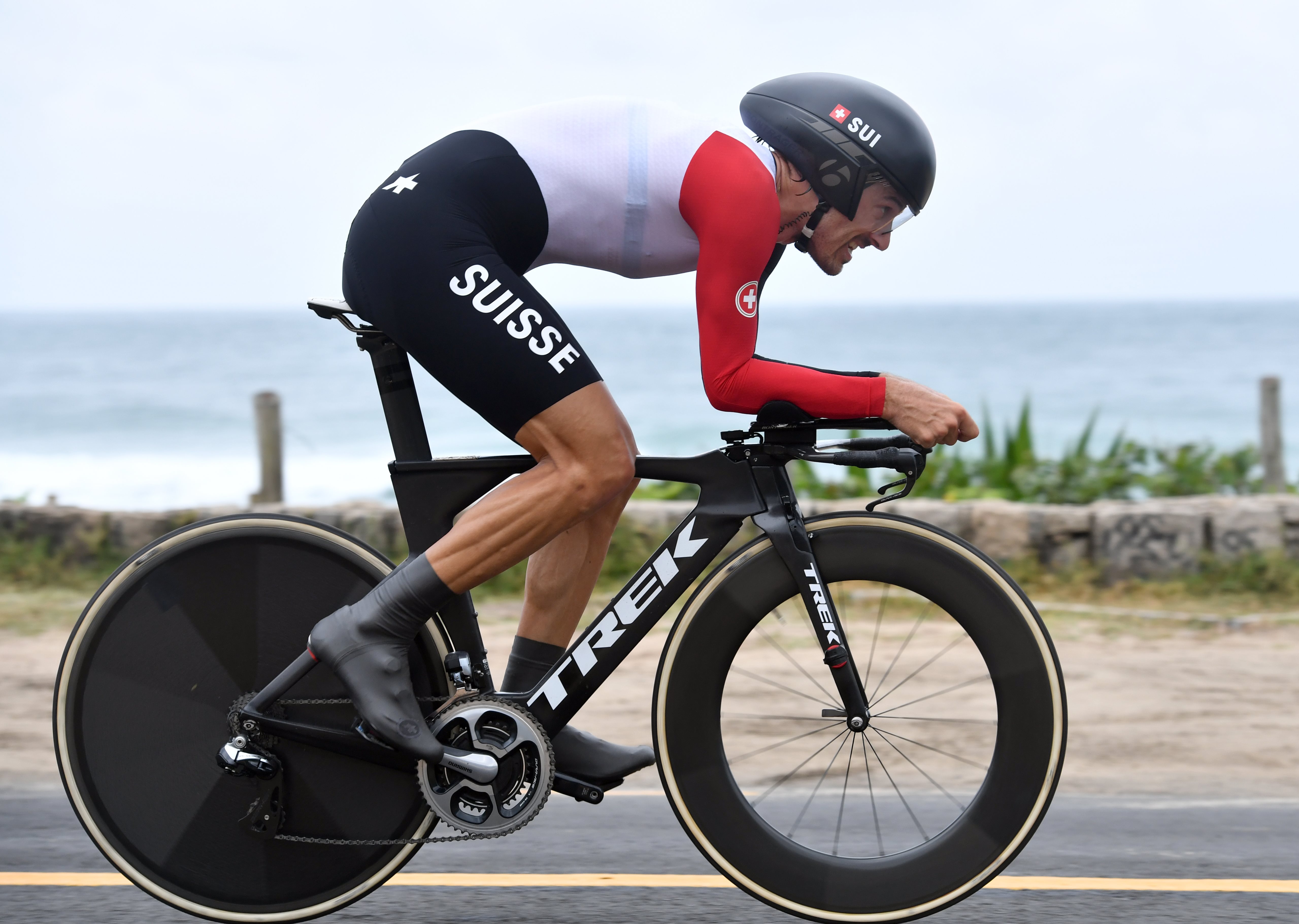 Fabian Cancellara’s top 11 time trial tips
Fabian Cancellara’s top 11 time trial tipsOlympic Champion Fabian Cancellara has one word to describe amateur time triallists in the UK: “crazy”. All the same, the TT maestro was happy to pass on 11 nuggets of wisdom that any of us can make use of, regardless of ability
By Jack Elton-Walters
-
 Elite cyclist, full-time worker: finding the right balance to stay at the top
Elite cyclist, full-time worker: finding the right balance to stay at the topJust how do you hold down a full-time job and compete at the highest level? Stephen Shrubsall meets the ordinary people who’ve dared to dream big
By Henry Robertshaw
-
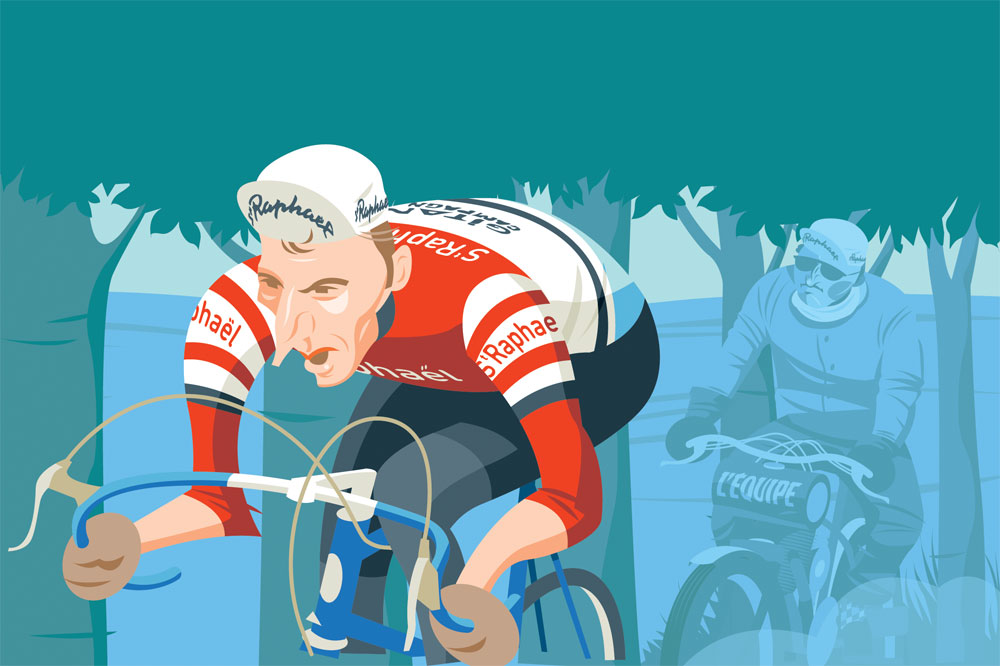 How they used to train: Jacques Anquetil’s time trial training
How they used to train: Jacques Anquetil’s time trial trainingJacques Anquetil’s records speak for themselves, but it was his talent for racing against the clock that really set him on the road to creating history
By Jack Elton-Walters